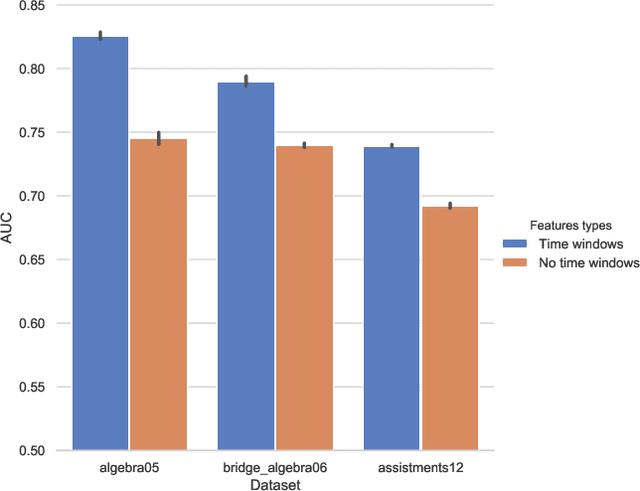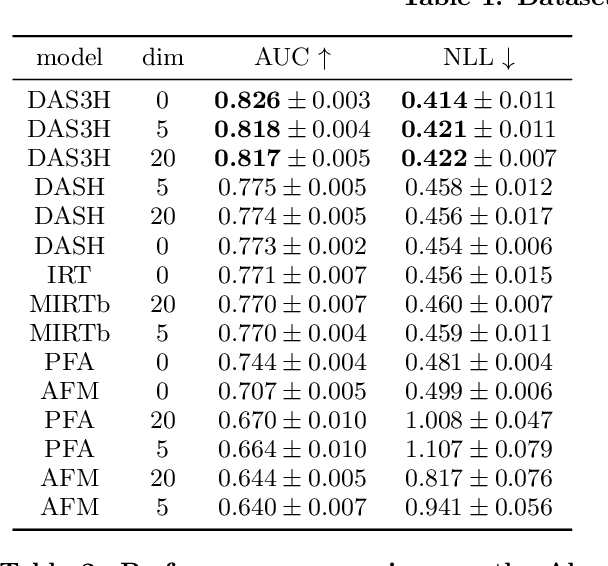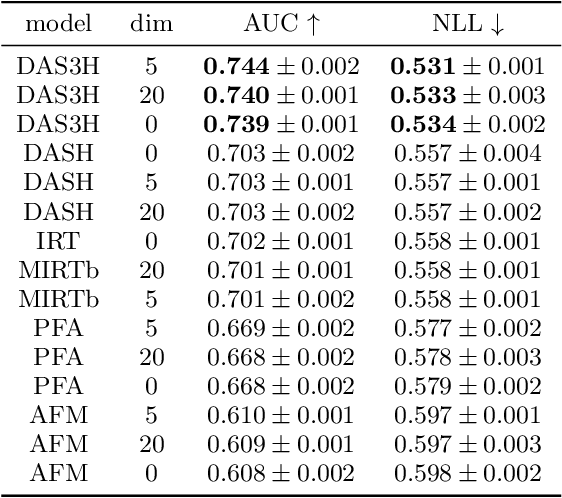DAS3H: Modeling Student Learning and Forgetting for Optimally Scheduling Distributed Practice of Skills
Paper and Code
May 14, 2019



Spaced repetition is among the most studied learning strategies in the cognitive science literature. It consists in temporally distributing exposure to an information so as to improve long-term memorization. Providing students with an adaptive and personalized distributed practice schedule would benefit more than just a generic scheduler. However, the applicability of such adaptive schedulers seems to be limited to pure memorization, e.g. flashcards or foreign language learning. In this article, we first frame the research problem of optimizing an adaptive and personalized spaced repetition scheduler when memorization concerns the application of underlying multiple skills. To this end, we choose to rely on a student model for inferring knowledge state and memory dynamics on any skill or combination of skills. We argue that no knowledge tracing model takes both memory decay and multiple skill tagging into account for predicting student performance. As a consequence, we propose a new student learning and forgetting model suited to our research problem: DAS3H builds on the additive factor models and includes a representation of the temporal distribution of past practice on the skills involved by an item. In particular, DAS3H allows the learning and forgetting curves to differ from one skill to another. Finally, we provide empirical evidence on three real-world educational datasets that DAS3H outperforms other state-of-the-art EDM models. These results suggest that incorporating both item-skill relationships and forgetting effect improves over student models that consider one or the other.
 Add to Chrome
Add to Chrome Add to Firefox
Add to Firefox Add to Edge
Add to Edge